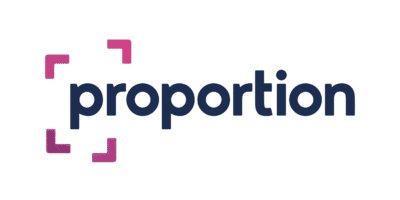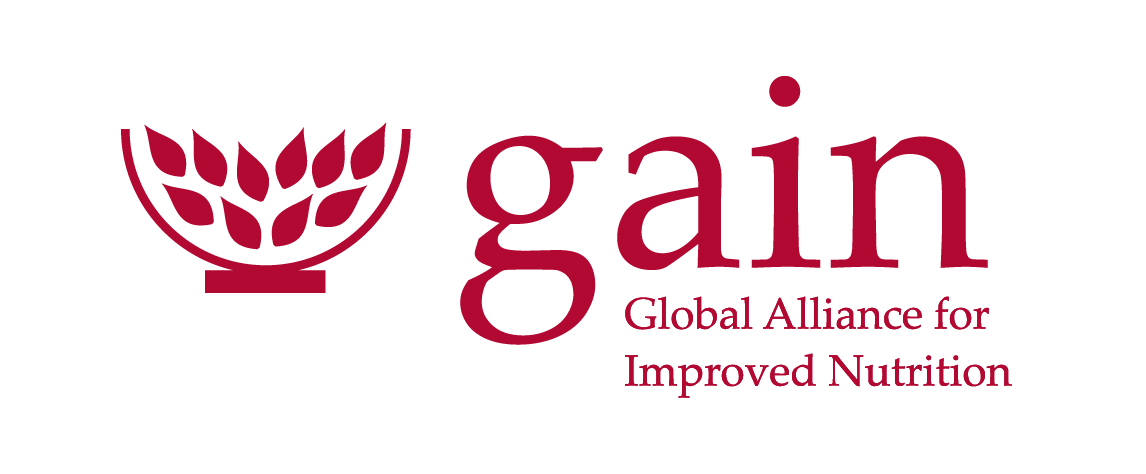At Proportion Global, Human-Centered Design (HCD) is at the heart of everything we do. It gives us a structured way to understand people’s realities, uncover insights, and co-create solutions that respond directly to community needs. By embedding local voices through our network of native experts, HCD ensures that ideas are not only innovative but also relevant, practical, and owned by the people who will use them.
But the challenges we face today are complex. Poverty, inequality, climate change, and underemployment are interconnected systems problems. To address them, we practice what we call Design 2.0—an expanded view of design that goes beyond the classic HCD cycle.
It combines and integrates various methodologies and tools:
- Human-centered design (HCD)
- Social Behavioral Change (SBC)
- Systemic Design
- Circular design
- Futures Thinking and Foresight
- Inclusive Business Modeling
- Closed and Open Innovation Management






